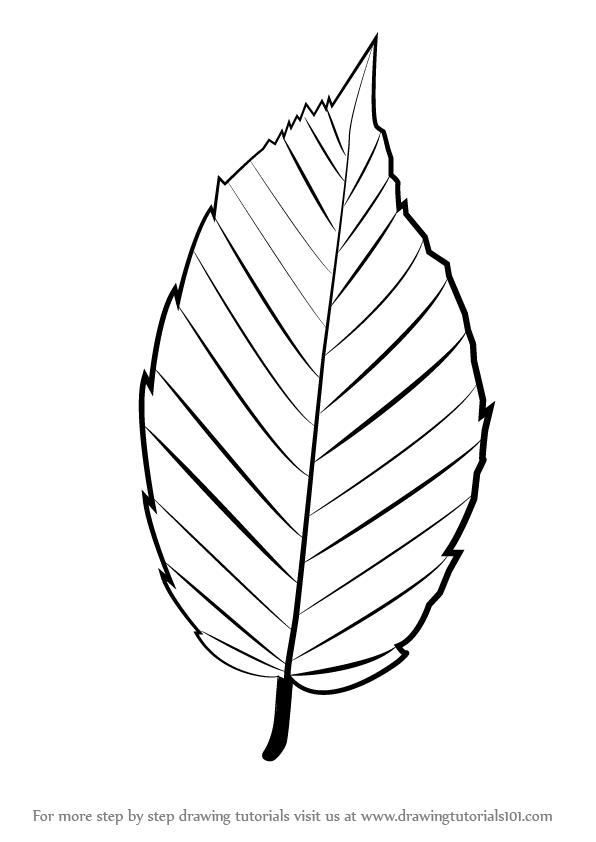

Technically, "adaxial" and "abaxial" refer to the side of the leaf relative to the axis, or stem adaxial (Greek ad = to, toward) indicates the side facing the stem, abaxial (Greek ab = away, from) indicates the side facing away from the stem. The leaf blade has an upper surface, called the adaxial side, and a lower surface, called the abaxial side. The vascular bundles (in other words, the strands of tissue that conduct food and water) in the leaf blade are also known as the veins. The edge of the lamina is known as the leaf margin. The base of the lamina is the end closest to the stem, whereas the apex is the end furthest from the stem. This type of leaf is a called a simple leaf, because the lamina or blade is undivided. The stereotypical leaf consists of a wide, flat, green blade or lamina attached to the stem by a stalk called a petiole. Leaves come in a wide variety of sizes and forms across vascular plants, from the scale leaves of some conifers to enormous, broad leaves of some flowering plants (like Coccoloba gigantifolia, shown here) to the highly divided leaves of the tree fern Cyathea (see here). Rather, the above characteristics are important to keep in mind when studying the origins of leaves, as well as in evaluating some difficult cases involving ambiguous organs in plants. Of course, we usually do not have to use the above characteristics to determine whether a structure is a leaf, as in most cases identifying leaves is pretty straightforward. In contrast, stems and roots are often roughly cylindrical and appear circular in cross section. Bilateral symmetry/lack of radial symmetry: Leaves are often planar (flattened) structures leaves have length and width, but are relatively thin.Dorsiventrality: The upper and lower regions of a leaf often differ in their anatomy (internal structure).Determinate growth: Leaves usually grow for a limited period of time, reach a final form, and then stop growing.Vascularization: A leaf has one or more strands of vascular tissue, or tissue that conducts food (phloem) and water (xylem).Phyllotaxy: Leaves occur in a regular arrangement on the stem (Greek phyllon + taxis = leaf arrangement).Exogenous/superficial development: Leaves begin development superficially, or on the surface of the stem they first emerge at the shoot apex.Lateral appendages: Leaves are borne laterally on stems (in other words, leaves occur on the sides of stems).Although no one structural feature clearly defines a leaf, leaves tend to exhibit all or most of the following features: If leaves cannot be clearly defined according to function or according to a single evolutionary origin, what makes a leaf a leaf? One way to define a leaf is on the basis of its structural characteristics. Thus, the leaf of a firmoss ( Huperzia, a type of lycophyte and not a true moss) has a different evolutionary origin than the leaf of a tree fern, which has a different evolutionary origin than the leaf of a cycad (a gymnosperm). Leaves have evolved multiple times during the course of plant evolution. In low-nutrient environments, some carnivorous plants have leaves that have been modified to capture prey. Leaves may also be non-photosynthetic and modified for food storage. As tendrils, they provide support for climbing. As spines, they are sharp, pointy defensive structures. While leaves often function in photosynthesis, they can be modified to play many other roles. Leaves are often thin and flat to maximize their ability to intercept sunlight. Sunlight provides the energy to make this happen. The plant produces carbohydrates (sugars) using carbon dioxide (CO 2) and water (H 2O) molecules as is well known, oxygen (O 2) is also produced during photosynthesis. Photosynthesis is the process by which a plant makes its food. The primary function of leaves is to carry out photosynthesis. Leaves are part of the shoot system of the vascular plant sporophyte and one of the three major vegetative (non-reproductive) organs types found in vascular plants (the others are stems and roots).


 0 kommentar(er)
0 kommentar(er)
